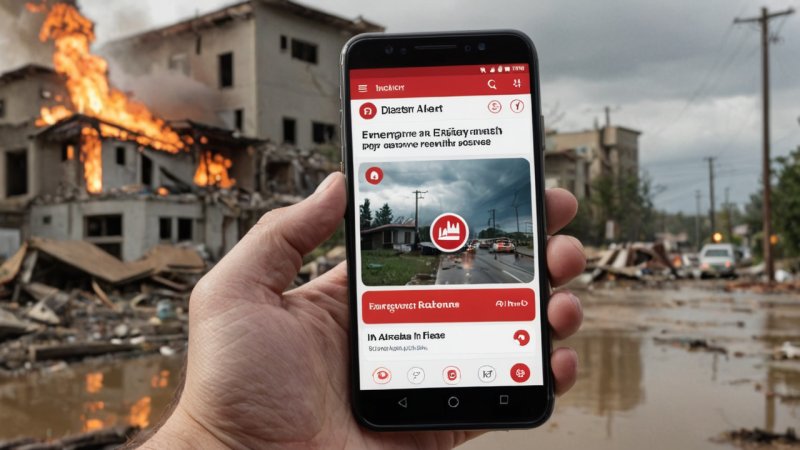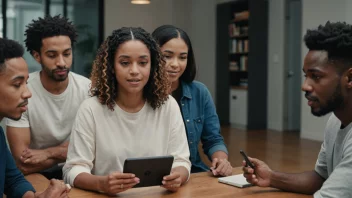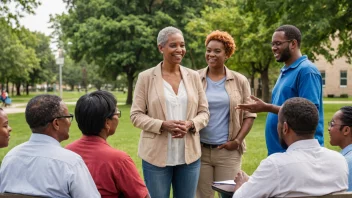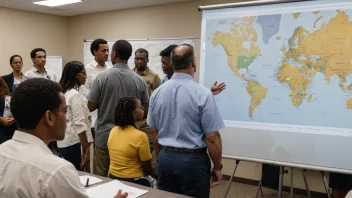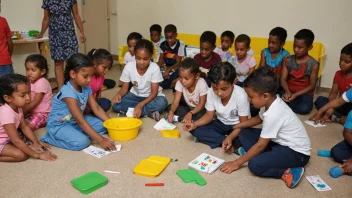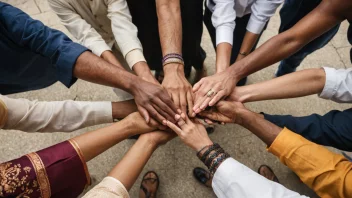In today's fast-paced world, mobile technology has become a cornerstone of effective disaster communication. As natural disasters strike with little warning, the ability to send and receive timely information can mean the difference between life and death. This article explores the transformative role of mobile technology in enhancing disaster response efforts, ensuring that communities are better prepared and more resilient.
Mobile technology allows for rapid dissemination of crucial information during emergencies. Alerts and warnings can be sent to individuals in affected areas through SMS, push notifications, and social media updates. This immediate line of communication ensures that people are informed about evacuation routes, shelter locations, and safety protocols. Moreover, mobile apps designed for disaster response can provide real-time updates on the situation, helping individuals make informed decisions.
Another significant advantage of mobile technology is its ability to facilitate coordination among various humanitarian organizations. Through mobile platforms, NGOs and government agencies can share vital information regarding resource allocation, volunteer coordination, and logistics. This interconnectedness enhances the efficiency of relief efforts, ensuring that aid reaches those in need as quickly as possible.
Furthermore, mobile technology plays a crucial role in gathering data that can inform future disaster preparedness strategies. By utilizing mobile surveys and feedback mechanisms, organizations can collect valuable insights from affected populations. This feedback loop is essential for understanding community needs and improving the overall effectiveness of disaster response plans.
Social media platforms also contribute to disaster communication by allowing individuals to share their experiences and connect with others during crises. Hashtags can help consolidate information, making it easier for people to find updates and resources. Additionally, social media can serve as a platform for mental health support, enabling individuals to reach out for help and share coping strategies in the aftermath of a disaster.
However, it is important to recognize that not everyone has equal access to mobile technology. Vulnerable populations, such as the elderly or low-income individuals, may face barriers to communication during disasters. Therefore, it is crucial to implement inclusive strategies that ensure everyone can benefit from mobile disaster communication efforts. Community training programs can teach individuals how to use mobile technology effectively during emergencies, empowering them to take charge of their safety.
In conclusion, mobile technology is revolutionizing disaster communication, providing essential tools for information dissemination, coordination, and data collection. As we continue to face the challenges posed by natural disasters, it is imperative to harness the power of mobile technology to enhance community resilience. By staying informed and actively participating in disaster preparedness initiatives, individuals can contribute to a safer and more connected world.
